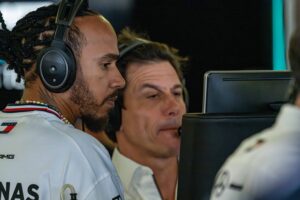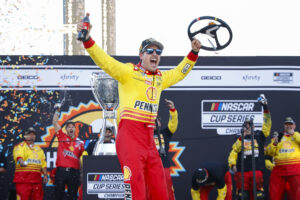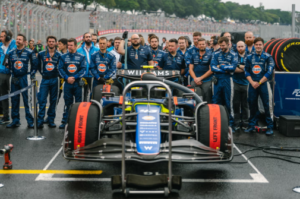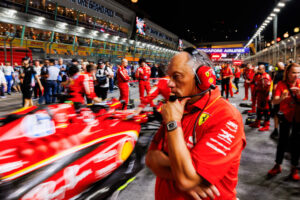Jolyon Palmer believes that Formula 1 cannot put a “bubble around” its drivers in its bid to improve safety in the sport. One such “bubble” that the Briton is speaking of is the implementation of the Halo device which will become mandatory in the series in 2018.
Jolyon Palmer: “You cannot put a bubble around the drivers”
Despite the FIA being keen to introduce the Halo next season, Palmer has been a fierce critic of the cockpit protection device which will improve safety standards in the sport and reduce the likelihood of a driver sustaining a severe head injury in the event of an accident.
Following an extensive study, one such event that the Halo would have proved to be beneficial in was the fatal accident on Henry Surtees during a Formula 2 race at Brands Hatch in 2009. This was a race that Palmer competed in with it being the fourth round of his F2 career.
Despite having vivid memories of Surtees’ accident, Palmer continues to maintain the same opinion of cockpit protection in Formula 1: “I was literally the car ahead of Henry, and saw the wheel that hit him in my live view. At the time, I didn’t even imagine that could happen to be honest,” Palmer told crash.net.
“I was a young, naive, racing driver. When that happened then of course it surprises you that there is actually some danger in motorsport, but I’ve carried on racing in my career for eight years and not had a worry at all about that, and that incident couldn’t have happened closer to me,” he added. “I am not naive or disrespectful to that. I just think the whole essence of single seater racing is open top and I think Henry’s incident, we were racing on Brands GP, there were very fast corners, very little runoff, we were doing high speeds.
“I think the problems from F2 back then and in IndyCar with Justin Wilson’s incident, they’re not problems we experienced in modern Formula 1 circuits where you’ve got huge runoffs at Copse or something.”
During its research into the Halo, the FIA also found that the titanium device would have been helpful in accidents such as the turn 1 pileup at the 2012 Belgian Grand Prix, which saw Romain Grosjean’s Lotus slide over the cockpit of Fernando Alonso’s Ferrari.
“I have to take onboard what they say. I have not experienced it but it should help,” said Palmer. “Maybe we’ve been very lucky, but for 60, 70 years in Formula 1, there has not been a fatality because of that reason. Maybe it could not happen in the future. I am not ignoring the risk because I have raced every time knowing there’s a bit of risk.
“But you cannot put a bubble around the drivers. There’s always going to be some problems,” he concluded.






